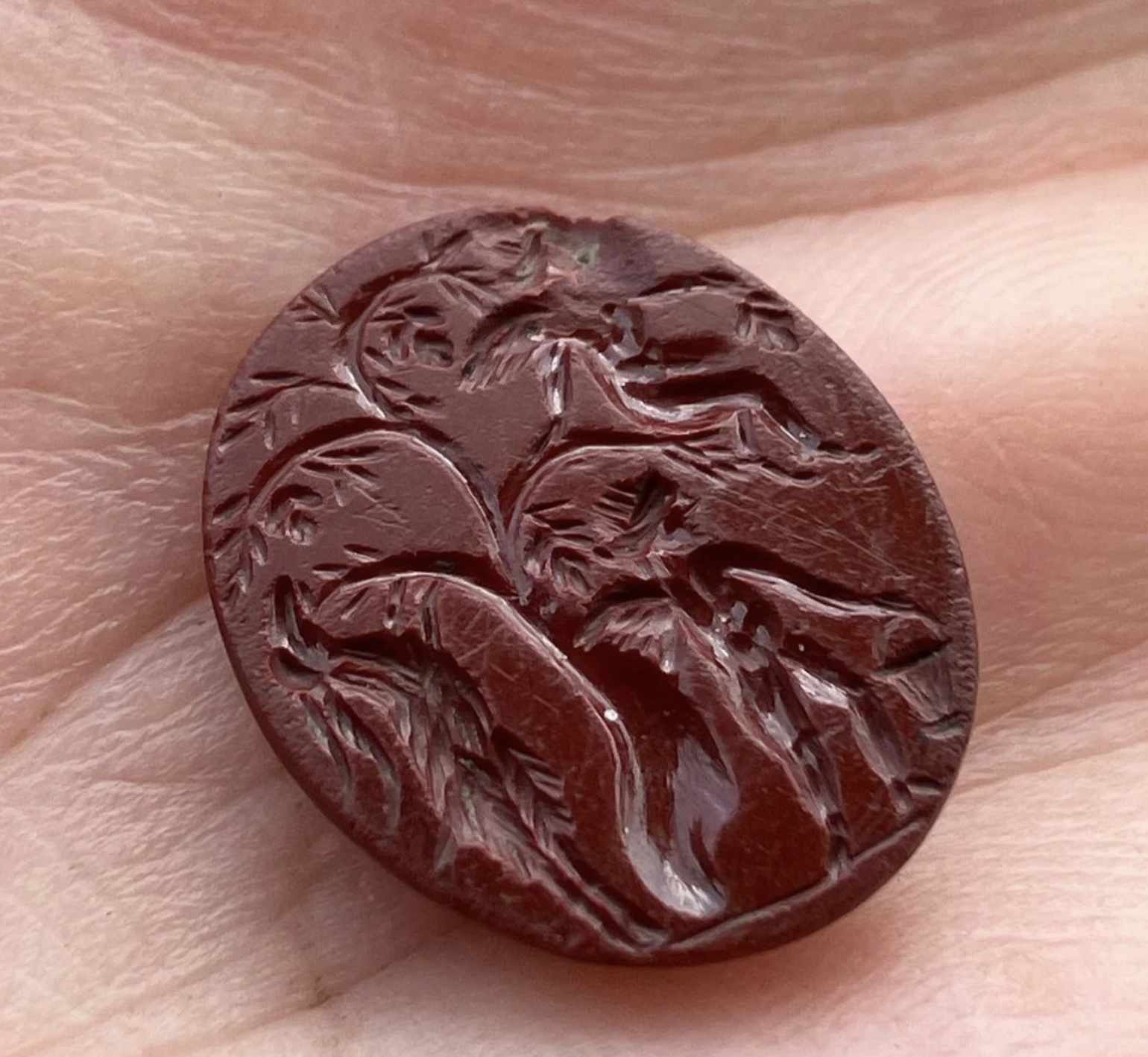Roman Fort Excavation Uncovers Rare Finds in Northumberland!
Archaeologists have wrapped up the fifth, and most rewarding, excavation season at Bremenium Fort in High Rochester, deep in the heart of Northumberland National Park. This year’s dig, led by the Redesdale Archaeological Group (RAG) and supported by the National Lottery Heritage Fund, has revealed the most diverse collection of artefacts and architectural remains ever found at the site, offering fresh insights into life on the northern edge of the Roman Empire.
The 2025 season brought together an impressive team: 44 adult volunteers who contributed over 2,000 hours of hands-on excavation, and three young participants, including a dedicated 15-year-old who volunteered for six consecutive days. They were joined by 24 archaeology students from Newcastle University, who added another 2,080 hours of work, all coordinated from the nearby Rochester Village Hall.
This collaboration of professionals, students, and local volunteers has made a significant impact, strengthening community connections while uncovering new layers of Northumberland’s Roman past.
Among the many discoveries were beautiful examples of Roman pottery sourced from across the Empire: Samian Ware, Black Burnished Ware, Grey Ware, Nene Valley Ware, Mortaria, and even a Spanish amphora that once carried olive oil. These finds speak volumes about the far-reaching trade networks that supplied the Roman army stationed at Bremenium.
Military artefacts also emerged from the soil, including a spearhead and a slinger’s lead shot, both reminders of the fort’s defensive role. More personal items brought a human element to the excavation, such as a miniature votive oil lamp, a lead seal possibly used for official correspondence, and pieces of jewellery, including finely engraved intaglios and dolphin-shaped brooches still showing traces of enamel.
One of the most exciting aspects of this season was the discovery of organic materials preserved in the site’s waterlogged lower trenches. Finds included a wooden object and an astonishingly well-preserved piece of fruit, possibly a plum, a rare and evocative glimpse into everyday life nearly 2,000 years ago.
Structural evidence also revealed that one of the fort’s buildings had been rebuilt at least three times, hinting at long-term occupation and adaptation across centuries of use.
Chris Jones, Historic Environment Officer at Northumberland National Park Authority, praised the achievements of this year’s team:
“High Rochester continues to reveal its secrets, and it’s inspiring to see so many people, of all ages, engaged in uncovering their shared heritage. These discoveries help us understand how people in the past lived from the remains they left behind, and they play a key role in shaping how we protect the Park’s historic landscapes.”
Excavation leader Bob Jackson described this season as “exceptional in both quantity and quality,” highlighting the amphora and intact brooches as particularly important.
“The range of pottery and metalwork offers new insights into trade, craftsmanship, and daily life at Bremenium,” he said, extending his thanks to the volunteers, students, and National Lottery players who made the project possible.
Throughout the summer, the excavation welcomed visitors and local groups, including Kids Kabin, North Tyne Youth, North East Sight Matters, and North Tynedale University of the Third Age, as part of the Park’s Healthy Parks, Healthy People initiative.
As the trenches are refilled and the tools packed away, plans are already taking shape for the next season of excavation. With every year uncovering more of Bremenium’s story, the fort continues to shed light on Roman life at the Empire’s northern frontier, and on the enduring enthusiasm of those dedicated to preserving its legacy.


